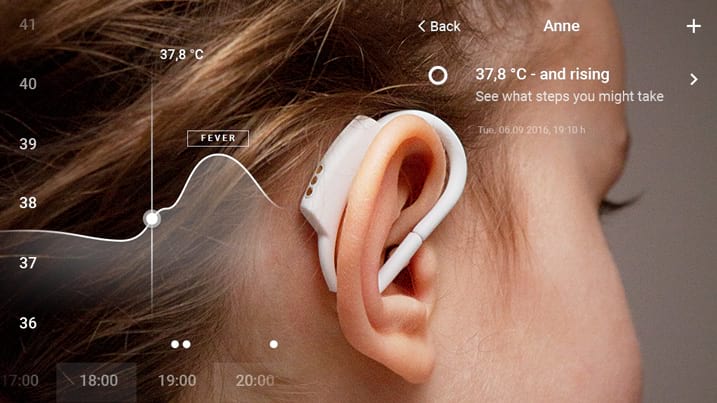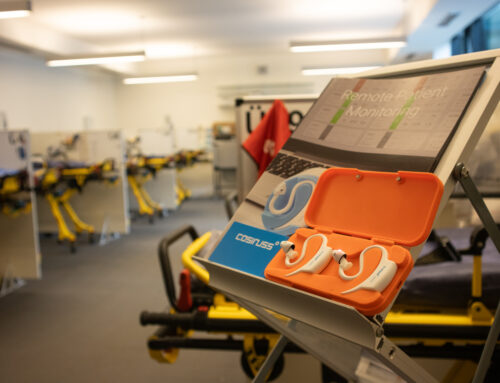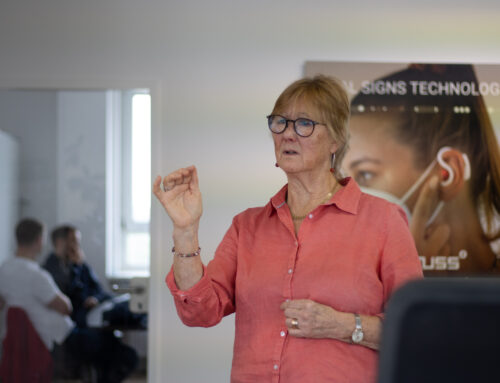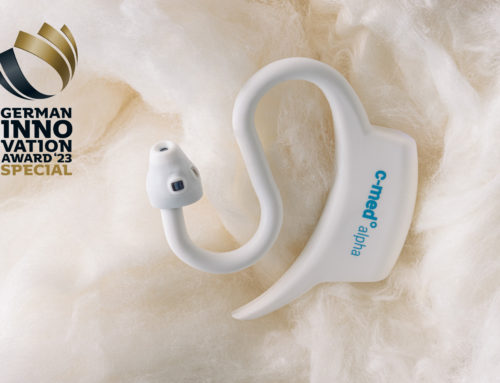Why is data so important to treat your child’s fever right?
Imagine your child has the temperature. Paramedics will tell you to measure the temperature on a regular basis – even every hour or so. Why do they do that? Because you need data to make a decision about the treatment. But the bad thing about spontaneous one spot measurements is that they do not show you a tendency. Only a selective view on one temperature value at a certain time is shown. Connecting these separate dots might even give you a wrong estimation of what is happening with the fever.
From connecting dots to continuous line.
Wouldn’t it be the perfect solution to simply have the temperature in real-time at all time? A tendency can now be judged by a statistical significant amount of measurements. A few one spot measurements are fine, more data points will only make your decision more likely to be correct. But a seamless realtime temperature curve is the ultimate solution to monitor a child’s true temperature.
That has never been possible before, but the wearable thermometer called degree° does exactly that. It offers you an attachable thermometer especially designed for children. Using paten pending technology, degree° takes temperature inside the ear canal.
Temperature curve? Make the most out of it!
Since you have access to your child’s temperature anytime from connected device, you do not have to disturb him or her with unfriendly procedures of taking the temperature every couple hours. Also, with continuous curve you have the chance to anticipate and try to prevent febrile seizures from happening. You will be alarmed on your phone as soon as the temperature of your child is too high or rising too fast.
Why it matters to us
The unique device was inspired by an unfortunate event — when the daughter of Greta and Johannes Kreuzer (creators of degree° and innovative engineering parents) suffered a febrile seizure, with a severe fever and sudden changes in body temperature. “You just can’t see it coming without monitoring the body temperature continuously,” Greta is remembering. “We thought, it can’t be that we have all the measuring technology for adults but aren’t able to monitor our children to help them when they are sick.”
Degree° was designed to be light, flexible, and minimally invasive — so as to not disturb the child — while robust enough to maintain continuous monitoring. It’s placed in the ear, near the hypothalamus, which the Kreuzers call, “the body’s own temperature sensor.”








